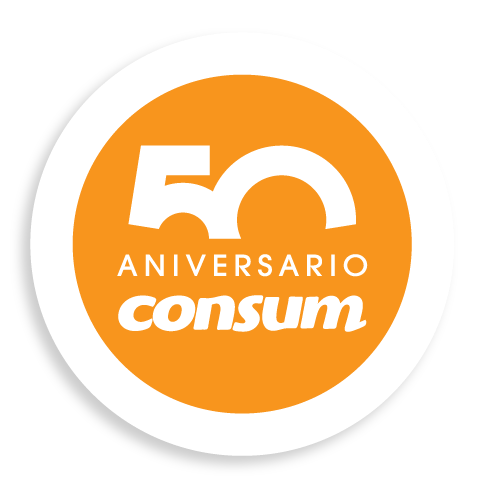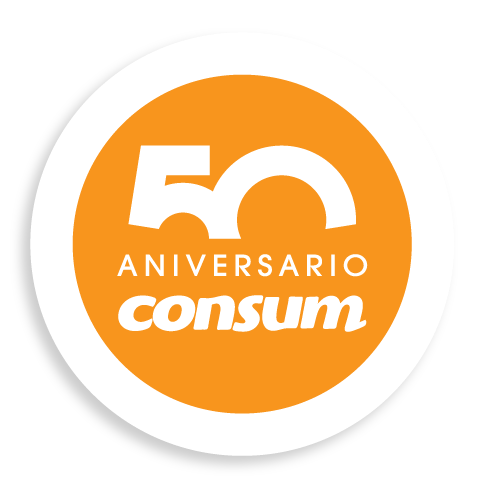Complete guide of Albacete: what to see, do and visit
Discover what to do in Albacete including the best places to visit, what to eat, the most beautiful villages and activities near the city.

Brief history of the city of Albacete
Albacete is a beautiful city in the planes of La Mancha that boasts exquisite cuisine, fascinating places to visit and charming little villages in relatively close proximity. It traces its origins to a small Arab farmhouse called Al-Basit, meaning ‘the plain’. Its history is shaped by the Christian reconquest in the 12th and 13th centuries, the growth of its annual fair that strengthened the local economy and its subsequent development after becoming the provincial capital in 1833.
What to see in Albacete?
Must-visit places
- Plaza del Altozano. One of the oldest squares in Albacete and with some very peculiar buildings, flowerbeds and fountains. This square also stands out for two sculptures that represent the city’s symbols: the monument to the Cuchillero and the Bicha of Balazote (a sphinx that evokes the origins of Albacete). In this square, you can also visit the old Town Hall, today home to the Municipal Museum of Albacete and the International Museum of Popular Art of the World.
- Albacete Cathedral. Dedicated to Saint John the Baptist, the cathedral is in the Gothic style and displays a very peculiar stylistic combination of neo-Romanesque and neo-Gothic elements. Worth mentioning are the enormous canvases inside, the work of the painter Casimiro Escribá. The cathedral also houses the chapel of the Virgen de Los Llanos, the patron saint of the city.
- Municipal Museum of Cutlery. The main museum of the capital is also located in the Cathedral Square itself, in a beautiful modernist building known as Casa del Hortelano. Here, you can find famous Albacete knives, blades, and scissors, as well as other ancient objects. Cutlery, unsurprisingly, has a strong presence in the town, as it has been one of its trades since the 16th century.
- Lodares Passage. It’s a historic and monumental modernist gallery located in the historic centre of the city. It has a glass roof and columns sculpted in the shape of female figures that support it and flank the shops open to visitors.
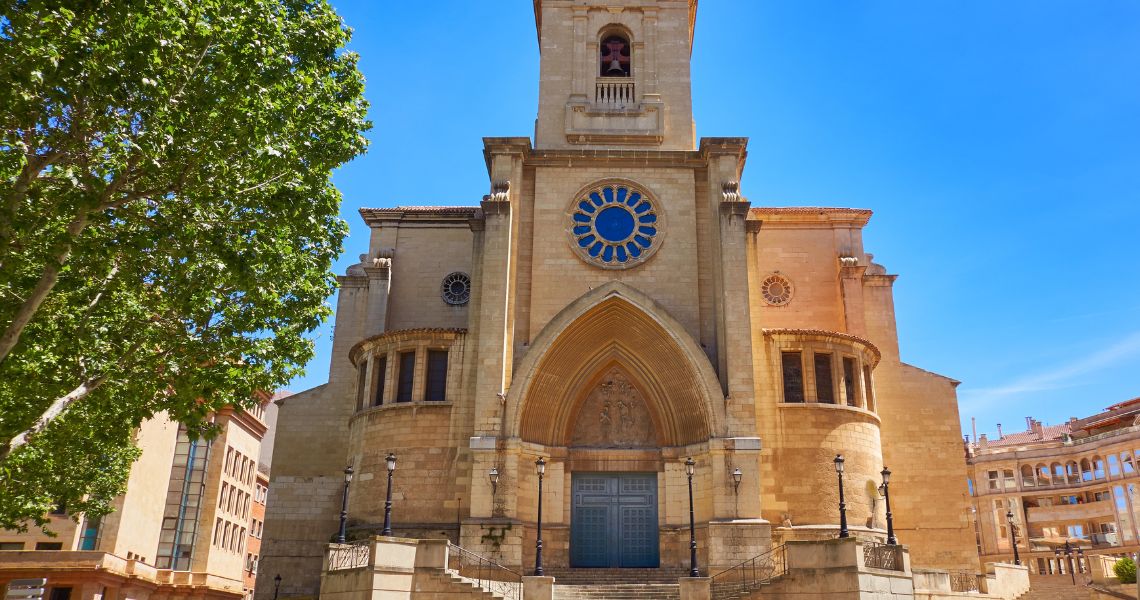
Gastronomía: ¿qué comer en Albacete?
Gazpacho from La Mancha is one of the best-known dishes. It’s a stew made with different meats (chicken, partridge, hare or rabbit), sometimes accompanied by mushrooms, and which is poured over a torta cenceña (flatbread).
The atascaburras, also called ajoarriero or ajomortero, has salted cod as the main ingredient. Together with boiled potatoes, garlic and olive oil, it makes a mash-like mass. It can be served with walnuts and slices of hard-boiled egg on top. Ajomataero, also known as ajopringue, on the other hand, is prepared with liver and bread.
Migas ruleras, another dish from La Mancha cuisine, also has ancient origins. In this case, the shepherds used the leftover dry bread to make them. These migas are cooked with chorizo, pork bacon, ham, garlic and olive oil and toasted in a frying pan
over a low heat. They can be accompanied by some fruit, such as grapes or melon.
As for sweet treats, the miguelitos from La Roda stand out. These puff pastries filled with cream and dusted with icing sugar are typical of this region. We also have the bollos de mosto, exquisite pastries largely made with must, along with flour, eggs, lemon zest, sugar, yeast and olive oil.
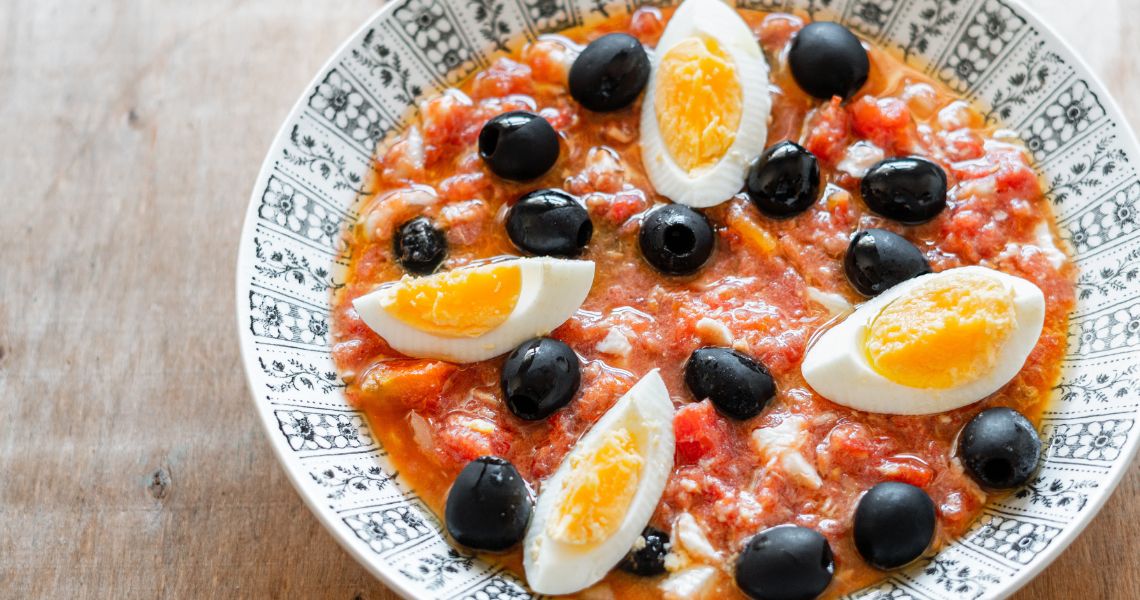
The most beautiful villages in Albacete
- Ayna. Considered the ‘Switzerland of La Mancha’, this village is located next to one of the deepest gorges of the river Mundo, and its stone walls have forced visitors to cultivate the land in terraces, thus shaping the mountainside. As a fun fact, this is where the iconic film Amanece que no es poco was shot.
- Alcaraz. This village is a must-visit due to its medieval and Renaissance heritage, which can be seen in the Plaza Mayor, the Church of the Most Holy Trinity and the Tardón Tower. The Sierra de Alcaraz also offers the chance to enjoy more active pursuits, such as hiking, cycling and even horseback riding, or thrilling adventures like via ferratas for the more daring.
- Alcalá del Júcar. Its spectacular scenery makes it one of the most beautiful villages in Spain. Its white facades, on the hillside, conceal caves, and the Roman bridge that leads visitors to the entrance is a sight to behold. You can visit its castle, built by the Almohads in the 12th century, which sits atop the hillside. Nearby is Jorquera, a perfect village for canyoning.
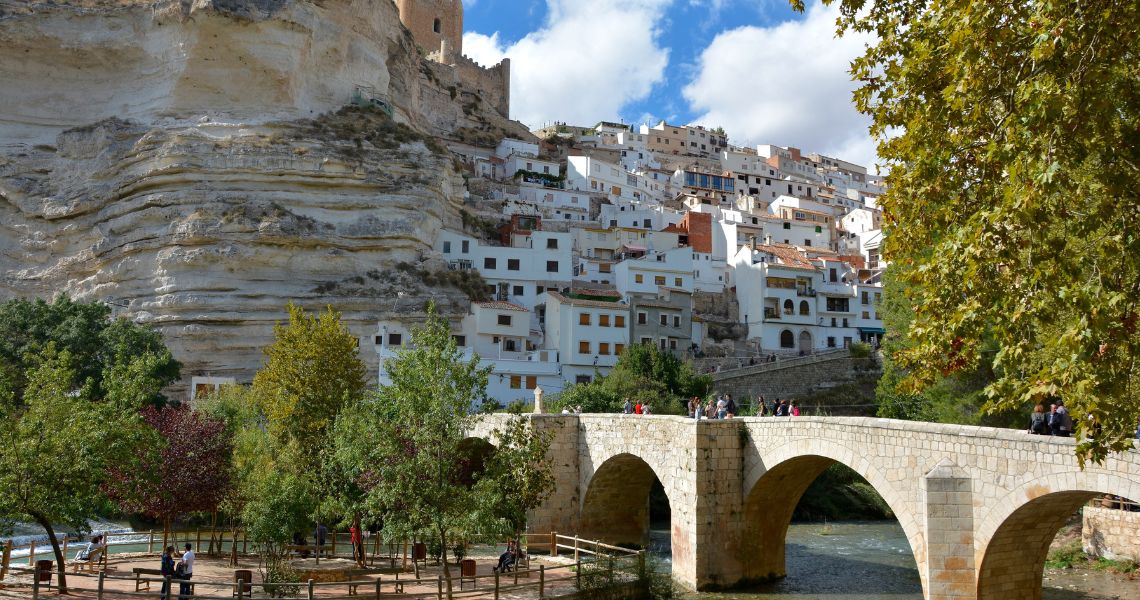
Traditional festivals in Albacete
- Albacete Fair. Declared of international tourist interest, it’s the main festival and one of the most important fairs in Spain. It takes place from 7 to 17 of September and attracts millions of visitors. Highlights include the opening parade, the young bull displays in the bullring, and the bustling activity in the fairgrounds throughout the ten days.
- Moors and Christians of Almansa and Caudete. These festivities, commemorating the Reconquest, are very popular in the province and have been declared of regional tourist interest, according to Castilla-La Mancha Tourism.
- Easter Week in Hellín and Tobarra. These celebrations are known as the Tamborada and are marked by the intense, continuous beating of drums and bass drums throughout Easter, creating a unique atmosphere of solemnity and tradition.
What do you think about?
Share comments, opinions and tricks with the Community
